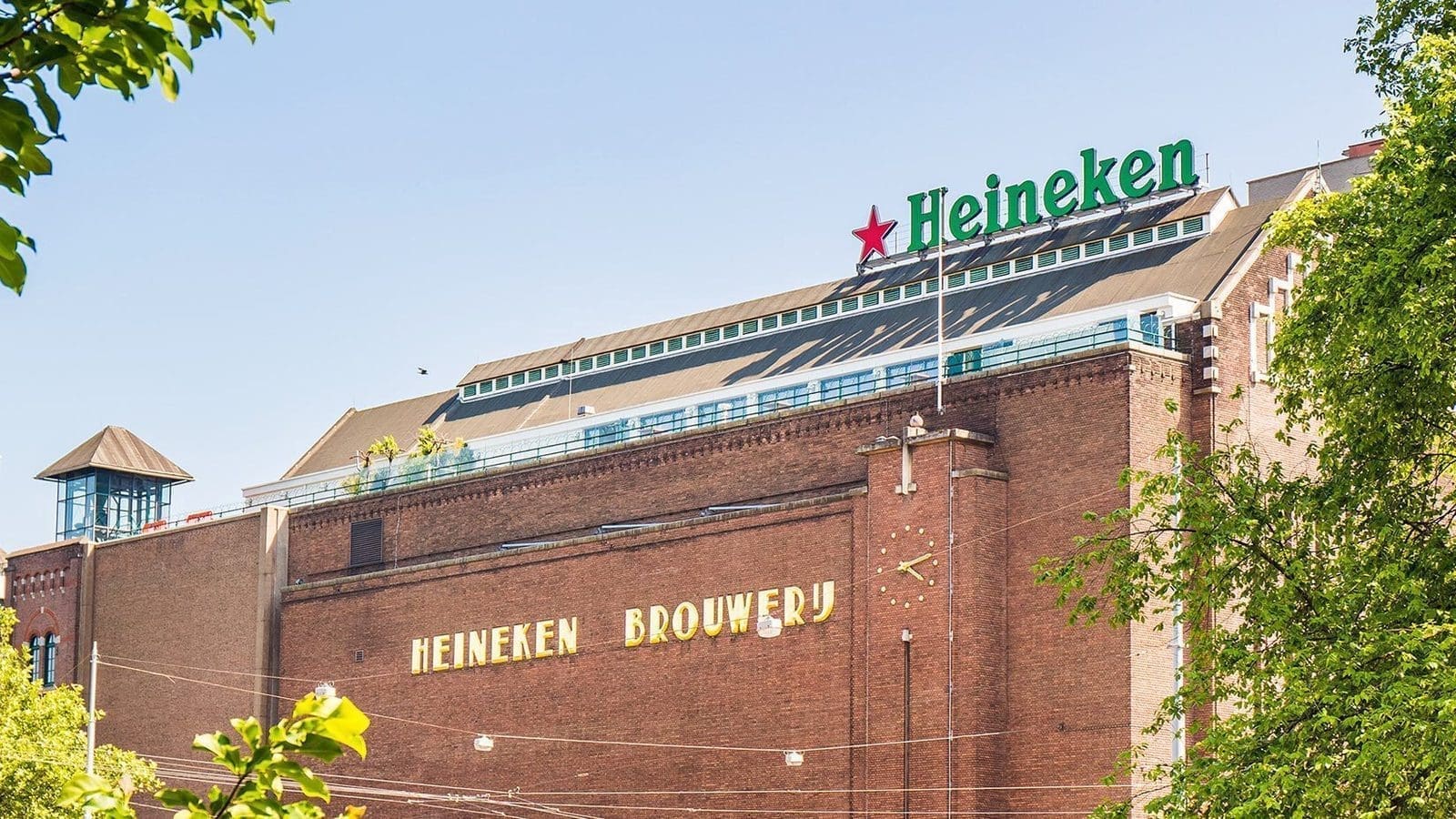NETHERLANDS – Dutch brewing company Heineken has more than doubled its first-half operating profit mainly driven by beer volume growth and a strong Heineken brand.
The maker of Heineken, Tiger, and Sol, said operating profit before one-offs surged 109% on an organic basis to 1.63 billion euros ($1.93 billion).
This is an impressive feat for a company that reported a first-half net loss of €297m (US$352m) in 2020 and was forced to introduce a raft of measures including 8,000 job cuts across its global portfolio.
The company’s net revenue jumped 14.1% on an organic basis to €9.97 billion mainly boosted by increased demand for beers by customers coming from lockdowns in Europe.
In the first half of the year, the brewer saw volumes grow 9.6% on an organic basis, mainly driven by a 19.6% growth in the Heineken brand.
Beer volumes were also up in Q2 across the company’s Africa, Middle East & Eastern Europe, Americas, and Europe segments – which recorded organic growth of 24.4%, 36.6% and 13.0%, respectively.
“We are pleased to report a strong set of results for the first half year, whilst the pandemic continues to impact the world and our business,” said Dolf van den Brink, Heineken chairman and CEO.
Despite the first-half improvement, which sent its shares up 1.2 percent, the Netherlands-based company said it still expected full-year financial results to be weaker than pre-pandemic levels.
Van den Brink pointed to new pandemic restrictions in Malaysia and Vietnam, important markets for Heineken, and noted the low rates of vaccination against coronavirus in Asia.
Heineken, which brews Amstel and Moretti as well as its namesake lager, joins larger rival Anheuser-Busch InBev and other global consumer goods companies in warning that it is being squeezed by inflationary pressures.
The chief executive said that the rising costs of materials, including aluminium used in beer cans and agricultural commodities such as barley, as well as higher road transport and ocean freight expenses, was a “reason for caution”.
In addition to commodity cost increases, marketing and sales expenses are also expected to squeeze margins in Heineken’s second half and the company said that overall, it expects full-year financial results to remain below 2019.
Van den Brink said the company planned to be “assertive on pricing” to offset higher costs of production, a sign that drinkers may have to pay more for a pint in the months ahead.
Liked this article? Subscribe to Food Business Africa News, our regular email newsletters with the latest news insights from Africa and the World’s food and agro industry. SUBSCRIBE HERE









